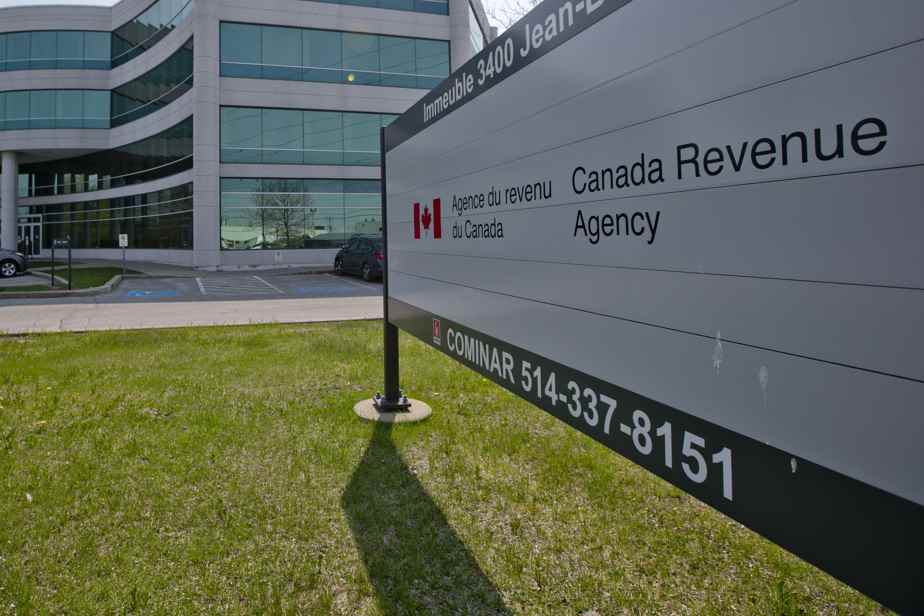(OTTAWA) A University of Calgary economist warns that a new federal dental benefit for children could open up the possibility of a ‘tax clawback’ for families if they don’t spend all the money on their children’s teeth.
Posted at 9:26 p.m.
The government plans to offer checks of up to $650 to eligible low- and middle-income families with children under 12 to help pay for dental care.
The program bears some similarities to the Canada Emergency Response Benefit (CERB), under which the federal government paid around $82 billion to workers who lost their jobs during the pandemic.
The government faced a wave of criticism from opposition parties when some Canadians unexpectedly had to repay thousands of dollars because they were given more than they were entitled to.
The provision of dental care has many of the same flaws, Associate Professor of Economics Lindsay Tedds has pointed out, and will likely result in similar monetary clawbacks.
“It will happen. They are preparing this, ”said Mme Tedds in an interview.
The program is open to families with a household income of less than $90,000.
Eligible families will need to certify that they do not have private insurance, that they have dental expenses and will need to keep their receipts.
Professor Tedds said many low-income families already qualify for provincial dental coverage and may not use all the money they receive from the federal government. Others may lose their receipts or use the money for other urgent needs.
Unless the government changes the criteria, she believes some marginalized families will face consequences from the Canada Revenue Agency.
“It’s frustrating to see that we haven’t learned anything from our emergency programs,” she said.
The health and finance ministries did not immediately respond to requests for comment.
The government has repeatedly suggested that the federal dental plan is for children who do not yet have dental benefits, but the criteria published so far do not necessarily prevent people with provincial coverage from submit a request.
“I would call it a lack of clarity,” said the Dr Carlos Quiñonez, associate dean and director of Schulich Dentistry at Western University, who was consulted by the federal government.
“Eventually, we will have to develop some kind of policy guide that will probably clarify these things. »
That clarity could come once the bill is tabled in the House of Commons, which could happen as early as Tuesday, when the health and finance ministers plan to hold a press conference on the bill.
The government hopes to make the first payments as early as 1er december.
Dental care is a major part of the confidence deal between the Liberals and the New Democratic Party (NDP), an agreement that will keep the minority Liberal government in place and prevent another election until 2025.
The government has until the end of the year to complete the first phase of its plans or risk the NDP walking away from the deal.
NDP Leader Jagmeet Singh said his party encourages the government to trust Canadians and not spend a lot of time and resources checking families when the advantage is only temporary.
The government has promised to launch a full-fledged dental program by 2025.
“We want this to be a generous program that trusts Canadians to take care of their families,” Singh said in an interview.
“We don’t want clawbacks and we don’t want to create undue stress for families. »
The decision may not be for the Liberals, said Ms.me Tedds, since the Canada Revenue Agency operates relatively independently of government.
